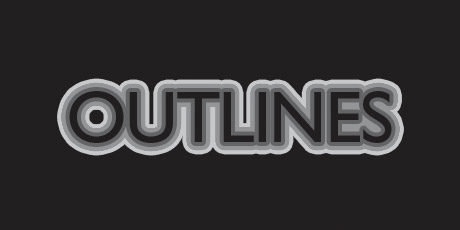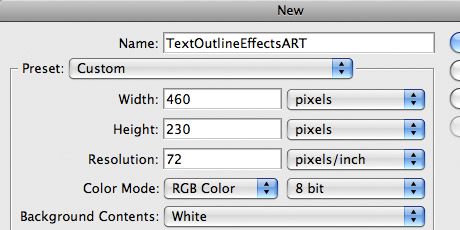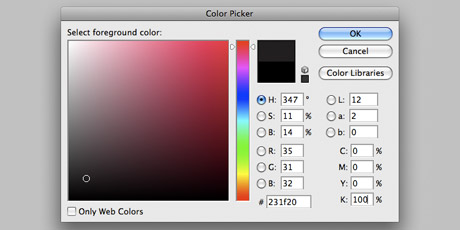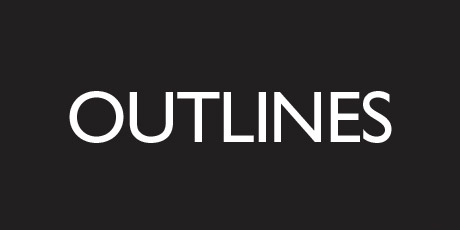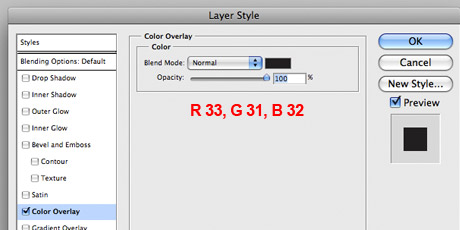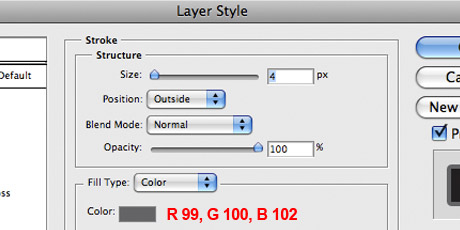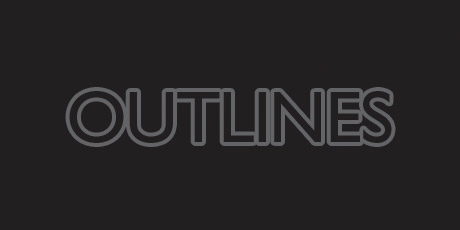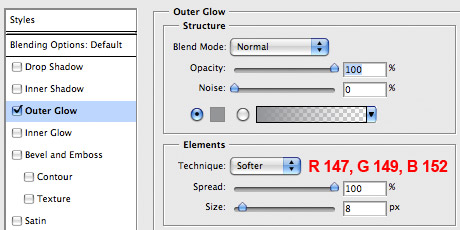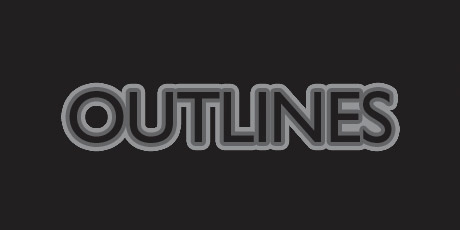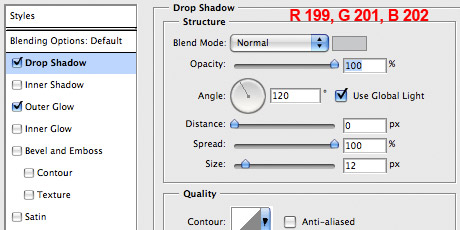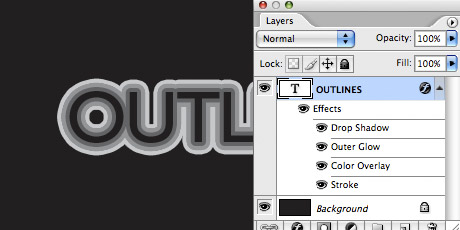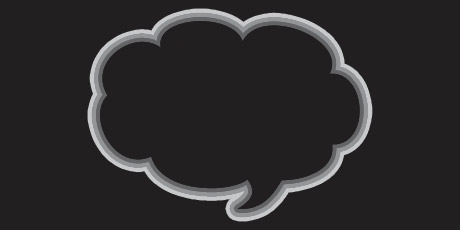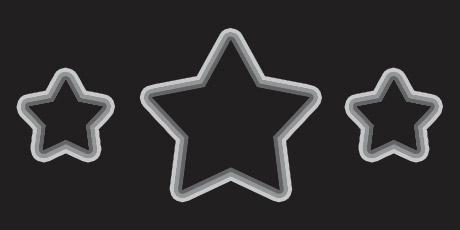In this tutorial I will show you how you can draw a surreal dragon. I will guide you step by step on how to draw a nice looking dragon. For this drawing one of our staff members “Andreea” worked a few days until she realized this effect. For this surreal drawing we have used a Wacom Cintiq tablet. Such designs you can realize only with a Wacom Tablet and a lot of patience
Preview full size image
I will start with a new document with the following size:

Then I will add a dark color over the document and with Brush Tool i will add some highlights. In that area i will create the sky.

I will create a new layer (press CTRL+SHIFT+ALT+N) and I will draw the sketch of the dragon. This step took me a few hours. First of all I have tried different combination on paper. I have scanned the image, and with my Graphic Tablet, I draw the dragon on my original document

I will create new layers and I will start drawing the scaly of this dragon




I will draw also some horns

Then I will add some scaly on the face of this dragon

I will create a new layer, and I will start drawing the background color of this dragon. On this layer I will change the opacity to 75 %, because I want to see the sketch


I will duplicate the layer (press CTRL+J) and I will add some light and some shadow with Burn Tool and Dodge Tool


I will find an image with some rocks and I will add the rocks under my dragon

I will use one more time the Burn Tool, and Dodge Tool to create some lights and shadows

I will create another layer and I will add with Brush Tool a background. I will use a dark blue color.

I want to create some flames. I will start with drawing on a new layer with Brush Tool. I will use a thin white brush

Then with 2 different orange colors I will make another drawing. Do not forget to make it on a new layer

I will create another layer and with a big smooth brush I will add more details to the flames

On the dragon I will add the reflection of the fire

Now I will try to accentuate the sketch of the dragon. This time I will use the Burn Tool, and Dodge Tool to create some shadows and lights



This is my result so far

With Dodge Tool and Burn Tool I will add some details over the scaly of this dragon

Now I will work on the dragon’s wings

I will add some thin lines with Burn Tool

The same thin lines I will add for the other wings

Behind the dragon I will draw some mountains



You can see my result so far

I will accentuate the eyes. With a small brush I will add some red colors in the dragon’s eyes

Behind the dragon I will add a big moon. I will not add more details behind the dragon. If you want to play with layers please apply for a VIP subscription and you can add as many details as you want

Now I will add a filter because I want to accentuate the image a little. It is very good if you will select all the layers, and make a copy of all of layers. You can merge these layers into a single one by pressing on CTRL+E
I will select this layer, and I will go to Filter > Sharpen > Smart Sharpen
This is the image before applying the filter

These are the settings for the Smart Sharpen filter

And this is my result

This is my result so far.
Preview full size image
I can modify the levels (CTRL+L) and the look of my drawing will be changed

Preview full size image


